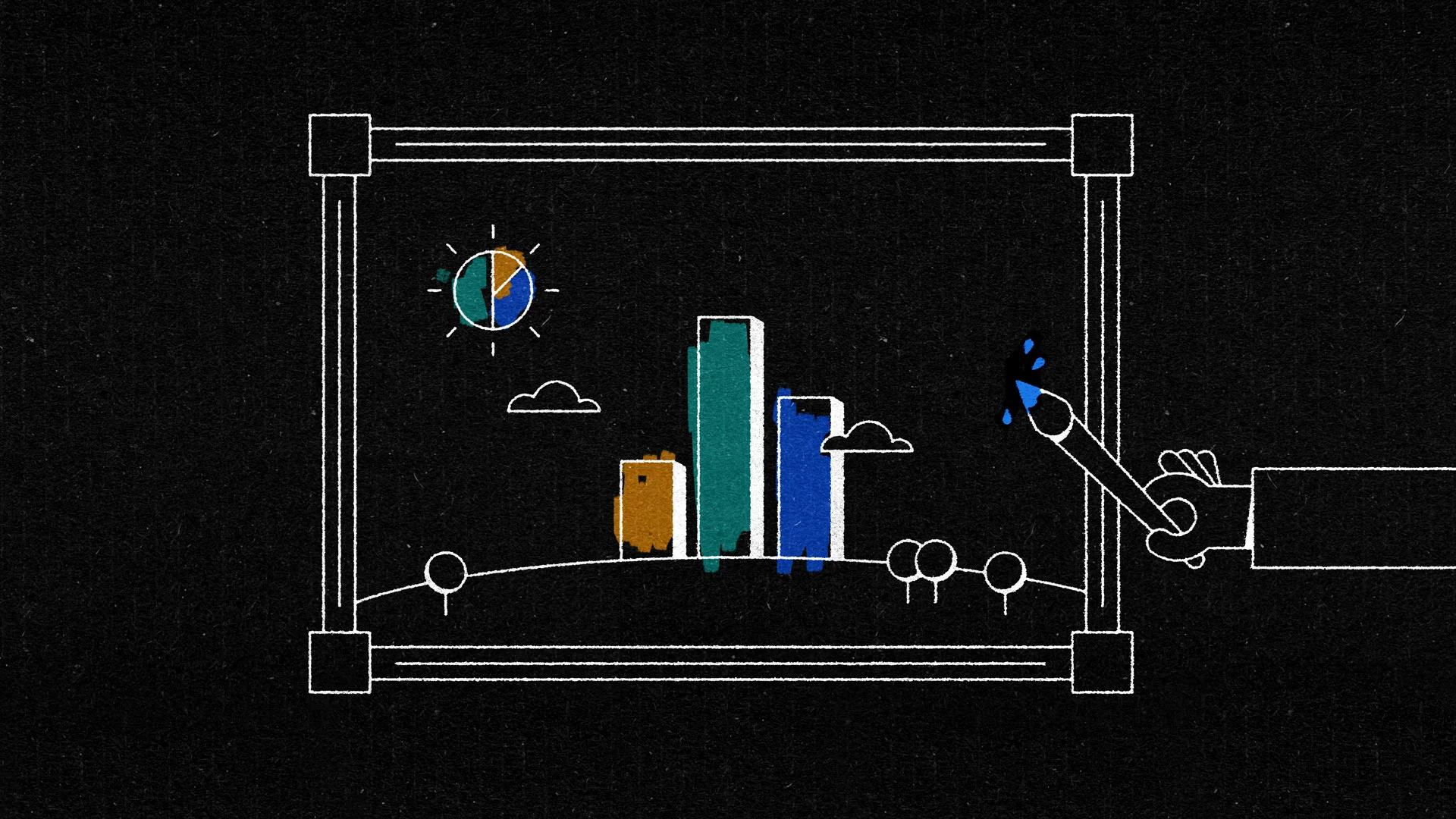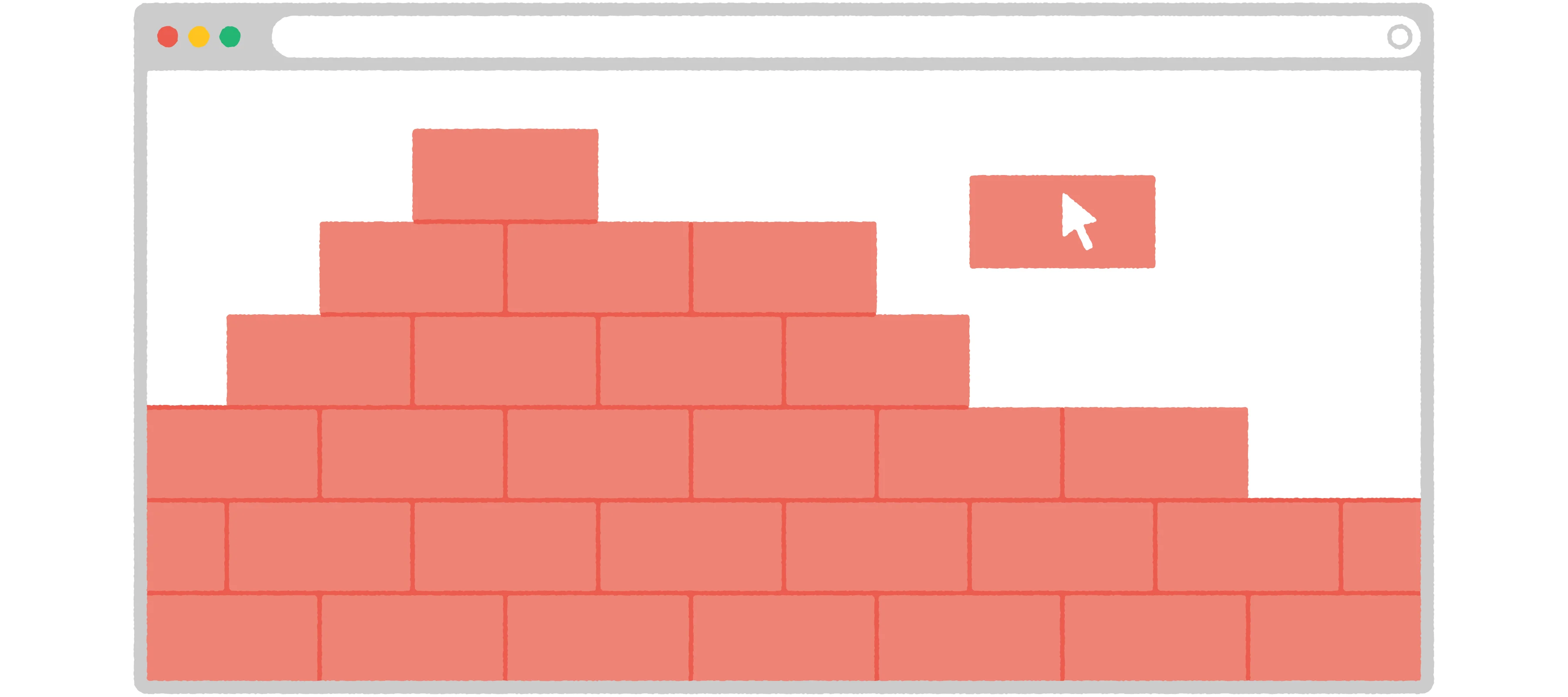The Importance of a Business Plan
- 25 August 2021
- ByAmanda Zurita
- 2 min read

Just like an architect creates a blueprint before building a house, a business plan is a tool to both build a foundation and develop a structure for the future of your business. Though it’s a useful document to create when you’re first starting a company, it’s not too late to create a business plan even if you’ve been running your store for years.
The main purpose of a business plan is to articulate the strategy behind your business, including your goals and the steps to get there, a forecasted timeline, financial projections, market analysis, and more. As an entrepreneur, a business plan sets short- and long-term objectives to be used as an internal guide and an external product to show potential partners and investors.
Why do you need a business plan?
1. It helps set the course for your business as you build it and grow A good business plan will guide you through each stage of your business, even if you need to update it along the way. The process of creating your business plan will help you think through all the details of how your business will run. You can then refer to your business plan when making decisions about what direction to take next in order to structure and grow the company.
2. Business plans help define your financial needs and revenue model If one of your business goals is to make some money, thinking about money from the get-go will chart a path to financial success. Your business plan should answer the question of how your business will make a profit and address any obstacles you might face in that pursuit. Secondly, by taking a broad look at the financial future of your business, you’ll be able to determine how much initial capital you’ll need and determine where to best use it.
3. Having a business plan can assist in securing financing and attracting partners If you're looking for financial help, in general, anyone interested in committing a significant financial investment to your business will want to feel confident that they’ll receive a return on their investment. Showing them a well-thought-out business plan can help persuade them to provide you with that help. The same goes for potential partners who will want to see details and projections before committing to join you on your business journey.
4. You’ll better understand your customers and competition In the process of writing your business plan, you’ll do a lot of market research to get a full picture of your industry. What are your customers’ shopping habits? When and what are they buying? And looking at your competition will help you understand (or create) your competitive advantages in order to attract more customers.
What’s in a business plan?
The process of actually researching and writing a business plan can be intimidating, but luckily this type of document has a generally accepted structure that at least gives you a place to start. There are some variants depending on the type of business, but the following sections will give you a solid outline for building your business plan.
1. Executive summary This section briefly outlines (in one or two pages) the purpose and goals of your business. The executive summary is your first chance to present your business, and being able to write this concise, high-level overview is helpful for giving potential investors, partners, and employees a snapshot of your plan. You’ll want to include information on what your business does, the vision for your business, what products or services you provide, your target customer, a marketing strategy, and a brief financial analysis (including current finances and projections). If the purpose of your business plan is to get financial help, you’ll also want to include the specific amount you’re asking for.
2. Company description The company description serves to define who you are as a business and what exactly you do. You’ll want to include information about the legal structure of your business (are you an LLC, a sole proprietorship, a corporation?) and background information on the history and formation of your business. This is also the place to include your company’s vision and mission statement; an overview of your services or products; and your short- and long-term goals.
3. Management and organization Create an outline of your business’s organizational structure including profiles of the owners, management team, board of directors, and any key employees. An organizational chart is also helpful here for explaining the roles and relationships of your team, especially if your business has many departments and people involved. If you're running the show by yourself, you'll want to include that as well.
4. Products and services Here you’ll offer a detailed description of the products and/or services you offer. This should include a breakdown of costs and revenue (a great place to include charts and diagrams). Make sure to talk about why what you offer stands out from the competition and how it benefits your customers.
5. Market analysis In this section, you’ll show off your research into your chosen market and back up your findings with studies and data. How big is the industry you’re getting into and what is the market outlook? Who are your competitors and what makes you different? This should give you a good understanding of the role your business serves in the greater market.
6. Customer segmentation Like the marketing analysis, this section is where you’ll dive into a detailed review of your target market. Who is your customer? You’ll want to include information about where they live, their age range, education levels, common behaviors, where they work, what they earn, and what they value. By honing in on these details, you’ll clarify why your product is right for your specific customer.
7. Marketing Opportunities Understanding your target market is key to knowing how to reach them. The marketing opportunities portion of your business plan explains how you plan to promote your business, where you’ll sell your products, your marketing budget, and how you’ll compete within your market.
8. Operations Outlining the operations and logistics of your business will help define the process of making your ideas into reality. This is where you’ll detail your supply chain and offer contingency plans for any pressure points. Be sure to include information on all of these that pertain to your business: your suppliers, production process, company facilities, equipment, technology, inventory, and shipping and fulfillment process.
9. Financial Analysis Finally, let’s talk money. Depending on your business, this could be a good place to enlist the help of a professional accountant. Examples of elements to include are an income statement with your past revenue and expenses; a forecast of income and expenses in the future; and a list of all your company’s assets and liabilities.
Once you have your business plan, you’ll be able to use it as a tool and reference point to guide your business as it grows. Reviewing and revising your plan regularly (at least once a year) will continue to move you toward your goals, keeping track of the milestones you meet along the way. A business plan isn’t a crystal ball, but, if done well, it will give you a window into the future of your company.
25 August 2021
Words by:Amanda Zurita
Tags
- Share

